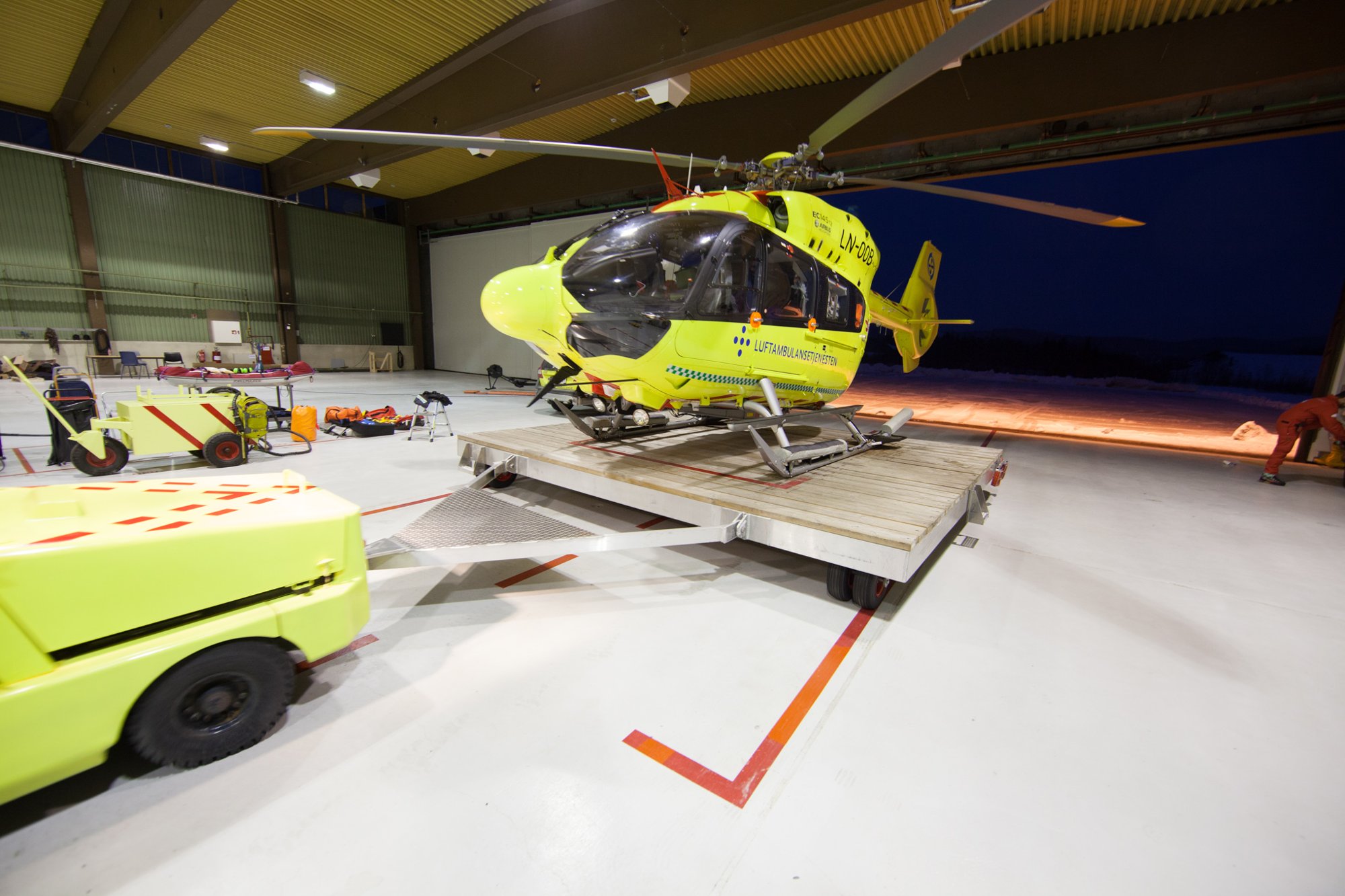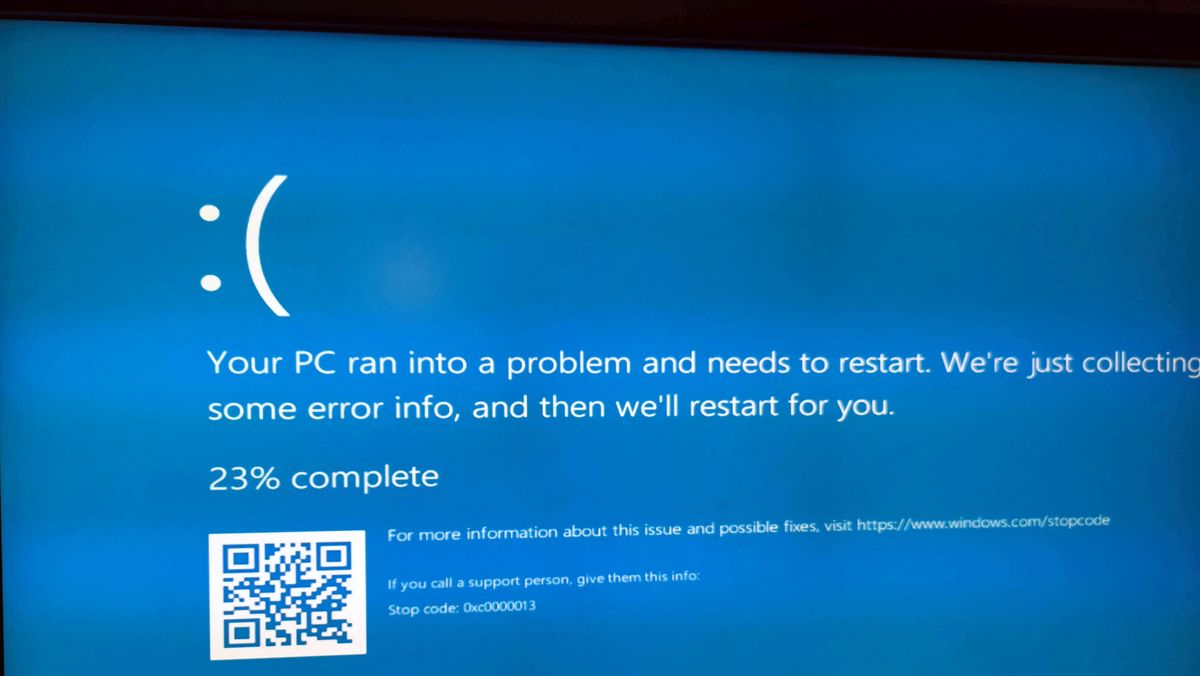Ericsson designs IoT devices for 6G – the next generation of mobile communication – that will draw power from the environment and launch a new concept within mobile radio devices and networks: zero energy devices.
Imagine a future where batteries will never be charged or replaced
Ericsson and MIT have teamed up to develop zero-energy devices, that is, technology that absorbs energy from the environment.
Ericsson cites examples of use: Packages can be tracked in the warehouse with energy-neutral devices that can be printed directly onto the boxes even if the box is behind other boxes, and optical barcodes can be avoided. The unit can also report, for example, moisture in the box, which is not possible with a negative barcode. Environmental monitoring is another scenario in which miniature, inexpensive, and energy-neutral devices can play a role. In the store, the exact inventory can be updated at any time, it can tell you which items ended up on the wrong shelf, and the customer can find where the product they are looking for. Other examples are monitoring of pollution, weather conditions, occurrence of diseases, etc.
low speeds
NarrowBand Internet of Things (NB-IoT) and LTE for Machines (LTE-M) are two closely related technologies that are designed for data speeds of only a few hundred kilobits per second. The second is in commercial 4G and 5G networks to handle applications such as remote meter reading. Although the battery life of NB-IoT/LTE-M devices can in some cases be up to ten years, replacing or recharging the batteries limits the applicability of these devices, especially in areas with massive installations of tens of thousands of devices. In addition, battery life depends on the transmitting and receiving cycle. It is greatly reduced if an NB-IoT/LTE-M device sends or receives data at short intervals.
Energy from vibrations, light, temperature changes, etc.
Ericsson describes the challenges faced by low-power devices that can do without a battery. They get the energy they need from the environment – from vibrations, light, temperature changes or high-frequency waves, for example, television transmitters and cell phone base stations.
Previous methods of harvesting energy from the environment were only able to draw a few microwatts from the environment, far below the requirements of even the most economical devices nowadays. Even the most economical wireless transmitter/receiver requires power in the milliwatt range.
New Specifications
The lower power level provides an upper limit on the amount of data that can be transferred. It depends on the conditions and conditions of the radio, and is usually just a few bytes. The trick to dealing with a limited supply of power is to transmit less frequently. However, because the availability and quality of power for the transmission channels varies during the day and/or year, the devices are in principle only available intermittently. Therefore, a completely new specification for the physical transport layer is needed.
Energy-saving safety mechanisms
Other major challenges are authentication and encryption. According to Ericsson, the power required to encode device identity is significant in current NB-IoT devices as current energy harvesting technologies accumulate over the course of days. This is why Ericsson and MIT are researching new, more energy-efficient safety mechanisms. New circuits that can handle lower amounts of power are also needed.

“Web specialist. Lifelong zombie maven. Coffee ninja. Hipster-friendly analyst.”




